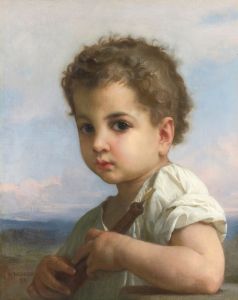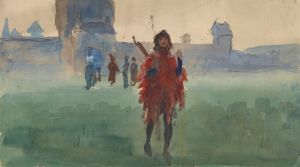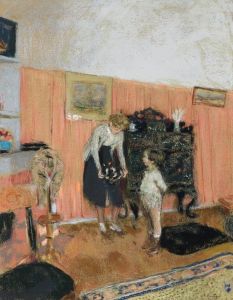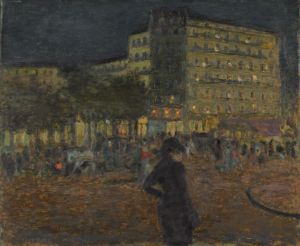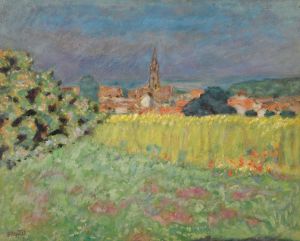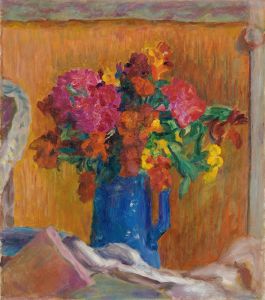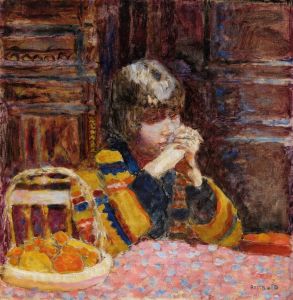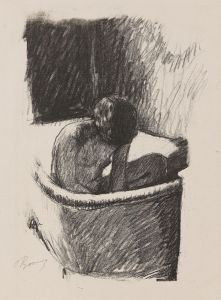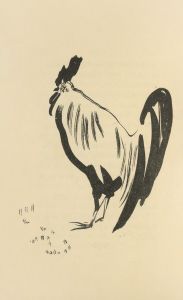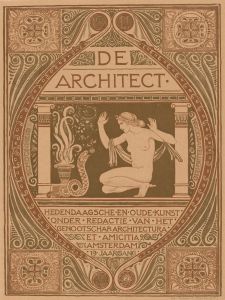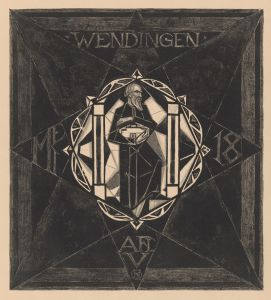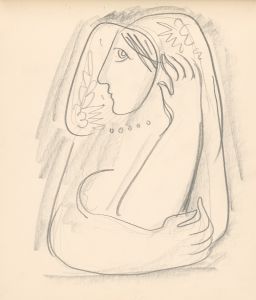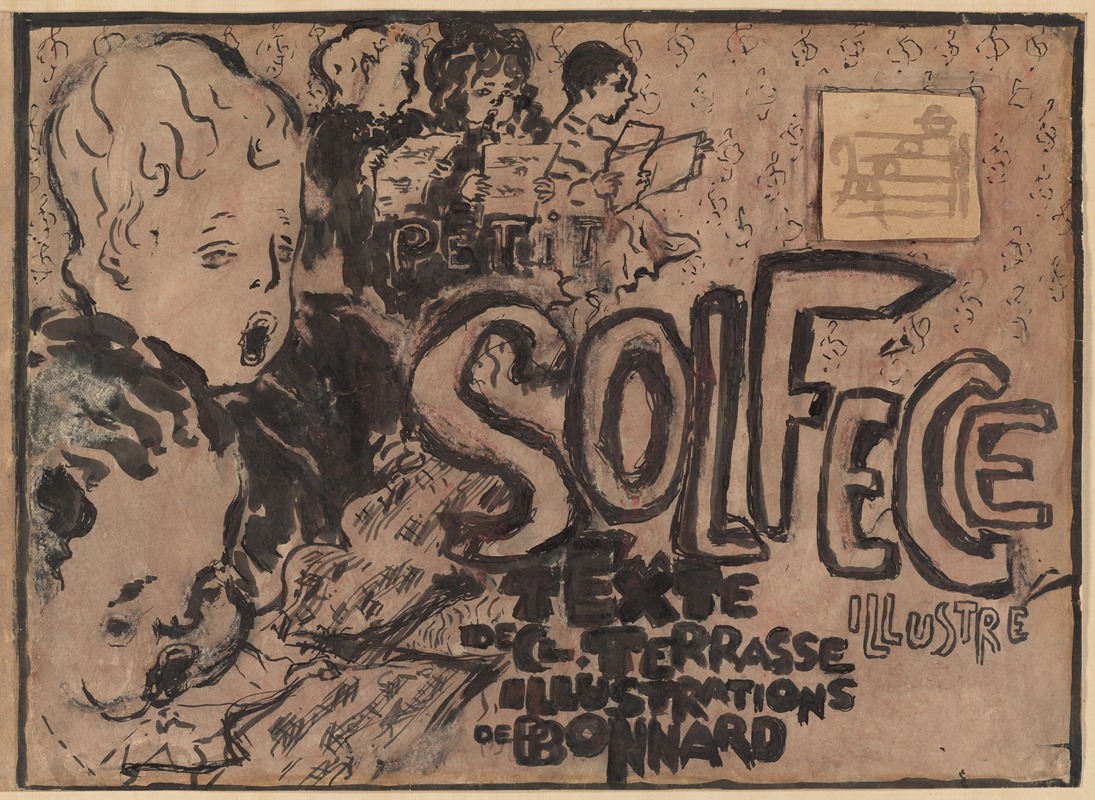
Final study for the cover of Petit solfège illustré
A hand-painted replica of Pierre Bonnard’s masterpiece Final study for the cover of Petit solfège illustré, meticulously crafted by professional artists to capture the true essence of the original. Each piece is created with museum-quality canvas and rare mineral pigments, carefully painted by experienced artists with delicate brushstrokes and rich, layered colors to perfectly recreate the texture of the original artwork. Unlike machine-printed reproductions, this hand-painted version brings the painting to life, infused with the artist’s emotions and skill in every stroke. Whether for personal collection or home decoration, it instantly elevates the artistic atmosphere of any space.
Pierre Bonnard's Final Study for the Cover of Petit solfège illustré is a preparatory artwork created by the French Post-Impressionist painter and printmaker Pierre Bonnard (1867–1947). This piece was developed as part of Bonnard's contribution to the book Petit solfège illustré (translated as "Little Illustrated Solfeggio"), a music instruction manual authored by Claude Terrasse, a composer and Bonnard's brother-in-law. The book was published in 1893 and is notable for its combination of musical education with artistic illustrations.
Bonnard's work for the book reflects his early career focus on graphic arts and book illustration, a period during which he was associated with the Nabis, a group of avant-garde artists in France. The Nabis were known for their decorative approach to art, emphasizing flat planes of color, bold outlines, and a synthesis of fine and applied arts. Bonnard, often referred to as the "painter of happiness," brought his characteristic style of vibrant color and playful composition to the project.
The Final Study for the Cover of Petit solfège illustré demonstrates Bonnard's skill in integrating visual art with the thematic content of the book. The study likely served as a preparatory design for the final cover, showcasing his attention to detail and his ability to create engaging, whimsical imagery. The artwork features elements that align with the book's musical theme, though specific details of the composition may vary depending on the version of the study.
This project is significant in Bonnard's oeuvre as it highlights his early experimentation with lithography and book design, mediums that allowed him to explore the intersection of art and everyday life. His collaboration with Claude Terrasse also underscores the close relationship between the visual and performing arts during this period in France.
While the Final Study for the Cover of Petit solfège illustré is not as widely recognized as Bonnard's later paintings, it remains an important example of his contributions to the decorative arts and his role in the broader artistic movements of the late 19th century. The work is a testament to his versatility as an artist and his ability to adapt his style to different formats and purposes.





